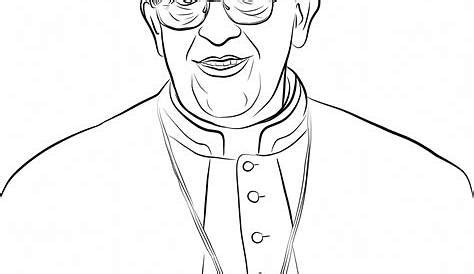Examples of Independent and Dependent Variables

Independent and dependent variables are fundamental concepts in scientific research and data analysis. These variables form the basis of experimental design and help us understand cause-and-effect relationships. Let’s delve into some real-world examples to illustrate their importance and application.
Independent Variables: Controlling the Experiment

Independent variables are the factors that researchers deliberately manipulate or control to observe their impact on the outcome. They are the “causes” in the experiment, and their variations are planned and systematic. Here are some practical examples:
Study of Medication Efficacy: In a clinical trial testing the effectiveness of a new drug, the independent variable might be the dosage level. Researchers could assign different groups of patients to receive varying dosages (e.g., low, medium, or high) of the medication to determine its optimal therapeutic range.
Examining Soil Fertility: An agricultural scientist might want to understand how different fertilizer types affect crop yield. The independent variable in this case could be the type of fertilizer used (organic, chemical, or a blend), with each fertilizer type being applied to separate plots of land to measure its impact on crop growth.
Analyzing Exercise Intensity: A sports scientist researching the impact of exercise on cardiovascular health could manipulate the intensity of workouts as the independent variable. Participants in the study might be assigned to different groups performing low, moderate, or high-intensity workouts, and their heart rate and endurance could be measured as outcomes.
Dependent Variables: Observing the Outcome

Dependent variables, on the other hand, are the factors that respond to changes in the independent variable. They are the “effects” or the outcomes that researchers measure and observe. Some examples include:
Measuring Pain Relief: In the clinical trial mentioned earlier, the dependent variable could be the level of pain relief experienced by patients. Researchers would assess and compare pain levels across different dosage groups to determine the drug’s effectiveness.
Crop Yield: In the agricultural study, the dependent variable would be the actual yield of the crop. By measuring the amount of produce harvested from each plot, scientists can determine which fertilizer type leads to the highest yield.
Cardiovascular Health: The dependent variable in the exercise study could be improvements in cardiovascular health markers, such as reduced resting heart rate, increased endurance, or lowered blood pressure. These outcomes would be measured and compared across different exercise intensity groups.
Complex Experimental Designs
In more complex experiments, researchers may employ multiple independent variables and examine their interactions. For instance, a study on the effectiveness of a new teaching method might consider both the teaching method itself and the level of teacher training as independent variables. The dependent variable could be student performance, measured through standardized tests.
Understanding independent and dependent variables is crucial for designing rigorous scientific experiments. By carefully controlling and measuring these variables, researchers can draw meaningful conclusions and contribute to our understanding of the world around us.
Key Takeaway
The distinction between independent and dependent variables is essential in experimental design. By controlling and measuring these variables, researchers can establish cause-and-effect relationships and gain valuable insights into the natural world, leading to advancements in various fields of study.



